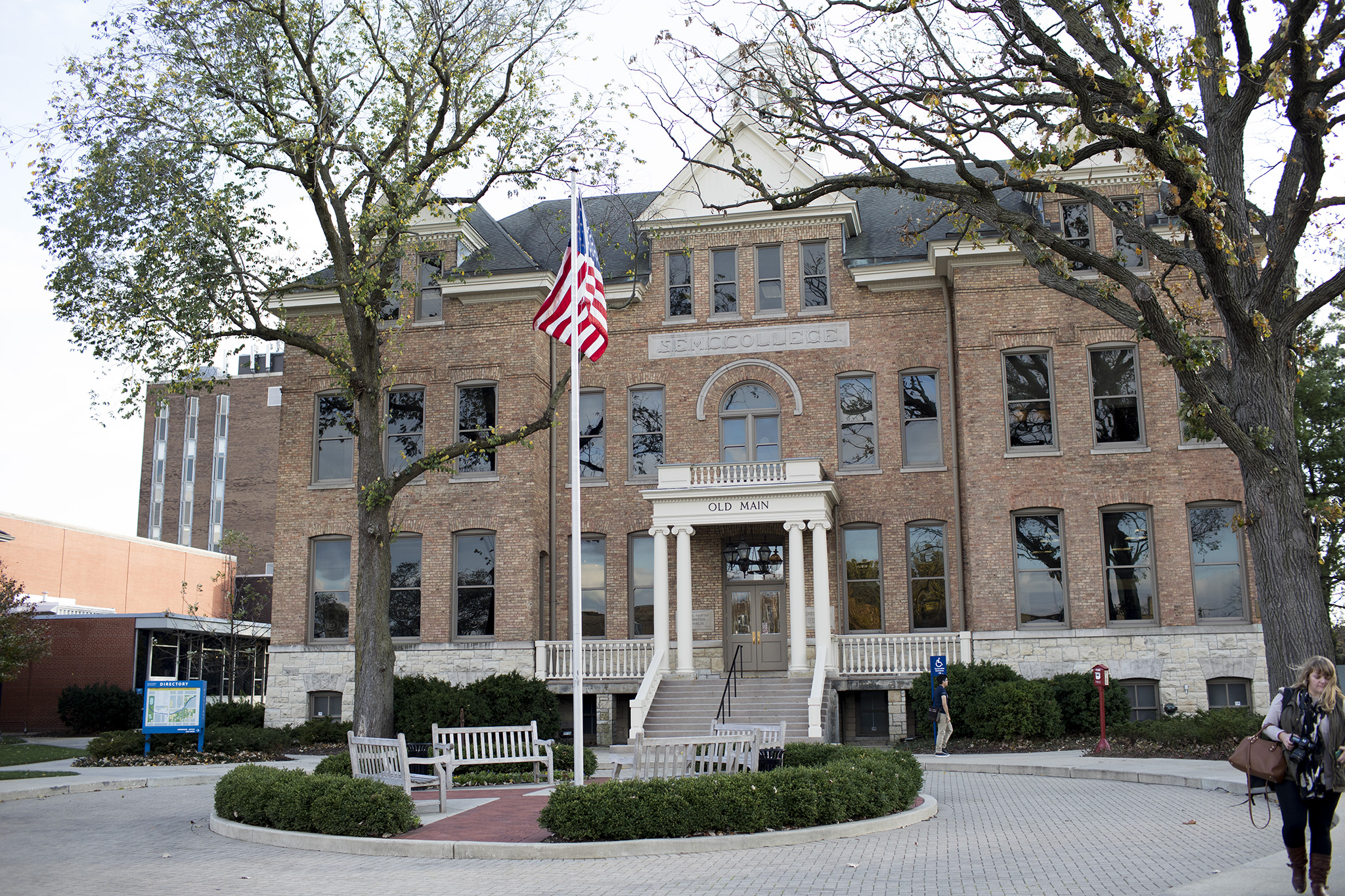Assessment and Evaluation
North Park University has several mechanisms in place for measuring institutional effectiveness. These include assessment of the following:
- Academic program and Core Assessment
- Administrative planning and evaluation
- Academic program review
Institutional Effectiveness oversees these processes by coordinating and providing administrative support and technical expertise to departments. Individual departments and programs are responsible for developing their annual assessment and evaluation plans, conducting assessment and evaluation, and providing our office with a report summarizing the results and how they plan to use them for improvement.
Academic Programs and Core Assessment
Assessment is a set of processes designed to improve, demonstrate, and inquire about student learning. It involves systematic collection and analysis of educational programs for the purposes of improving student learning and outcomes.
North Park University Student Learning Outcomes
Christian Frame
Articulate the Christian message as rooted in the sacred text of the Bible.
Communication
Communicate effectively in public, organizational, and interpersonal settings.
Critical Thinking and Problem Solving
Apply critical thinking and argumentation to contemporary problems.
Ethical Reasoning
Apply ethical principles in decision making and civic responsibility.
Information Literacy
Employ appropriate information sources, systems, and networks in knowledge acquisition and creation.
Quantitative Reasoning
Draw conclusions through application of quantitative reasoning to analysis of complex quantitative information.
Well-being
Demonstrate an understanding of the multi-faceted nature of wellness and its impact on individuals and communities.
Four-Stage Cycle for the Assessment of Program-Level Learning Outcomes
North Park University follows a four-stage cycle assessment model to assess the extent to which the student learning outcomes are being met.

- Stage 1: DEFINE – program-level assessment plans identify program-level learning outcomes. What are the students expected to learn in the degree program? Why are we picking this outcome?
- Stage 2: DESIGN – the assessments used to measure that achievement and forms evidence gathered to assess the extent to which students learned. What forms of evidence were gathered to assess the extent to which students learned? Did we utilize at least one direct measure/tool for each SLO?
- Stage 3: DISCOVER – What were the results of the measurement? Are we accomplishing the SLO? assessment data are gathered and analyzed using Canvas LMS and Campus Labs, the Assessment Management Tool. What were the results of the measurement? Are we accomplishing the SLO?
- Stage 4: DELIVER – Results of the analysis are used to implement program enhancement. How has the evidence or information gathered through assessment been used to improve student learning?


